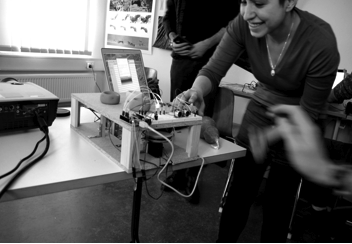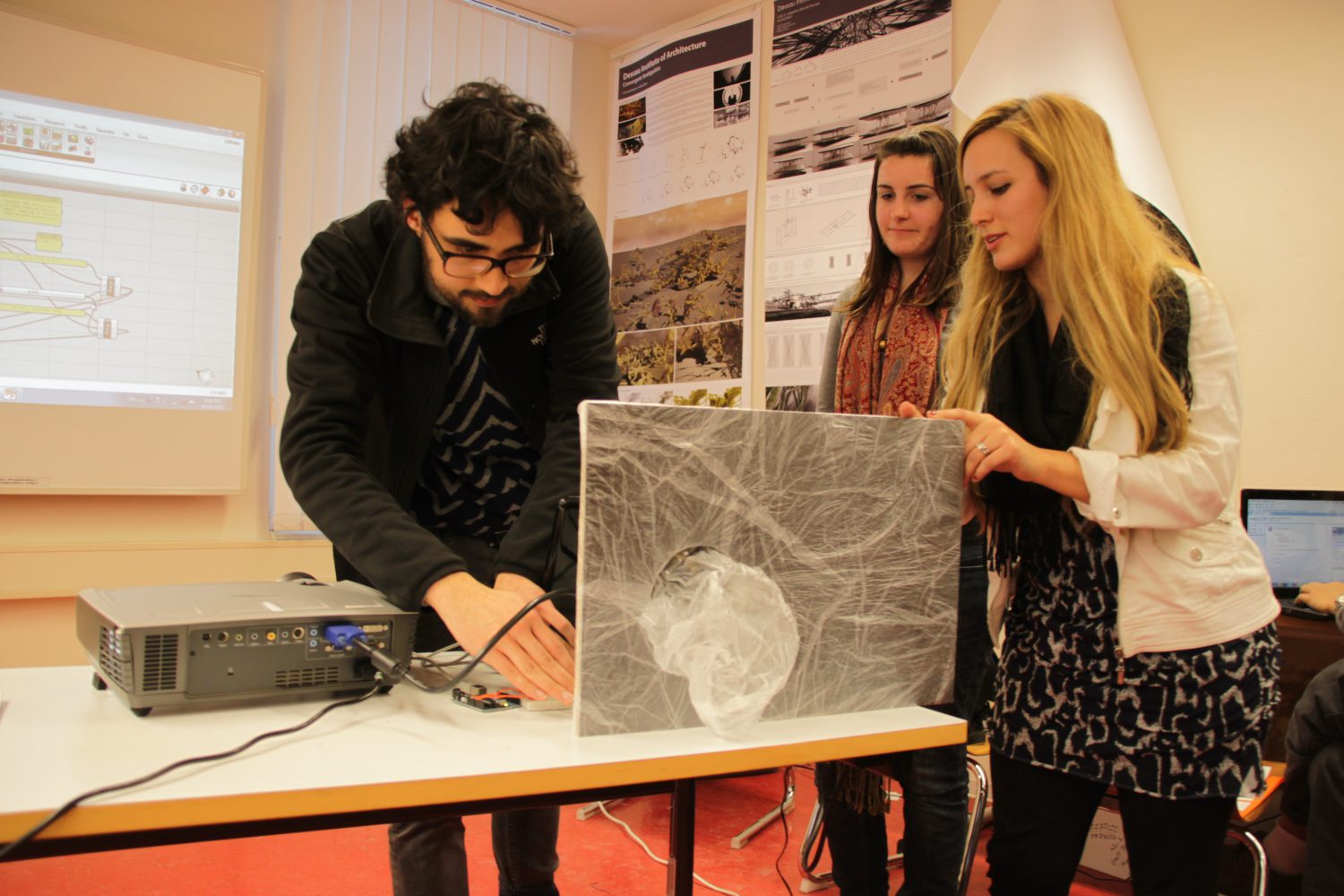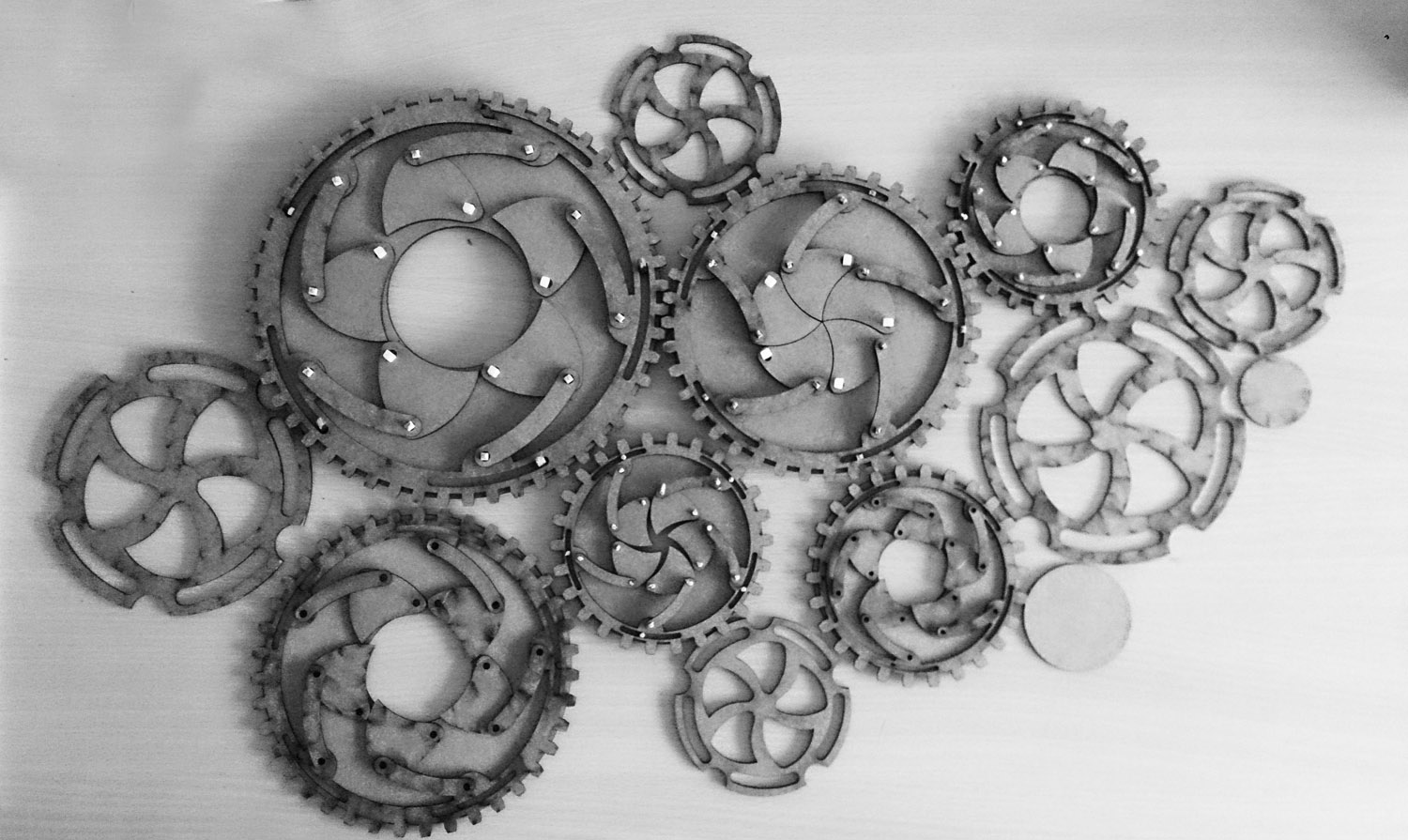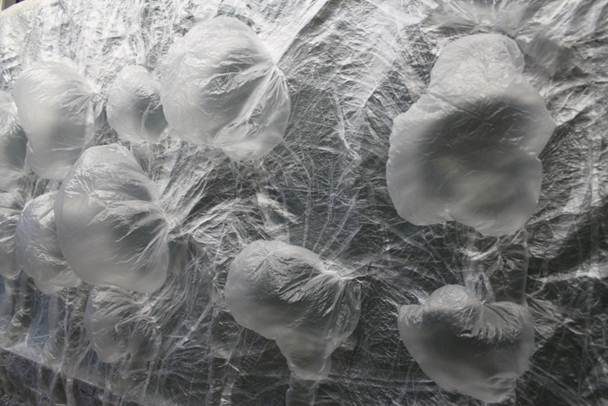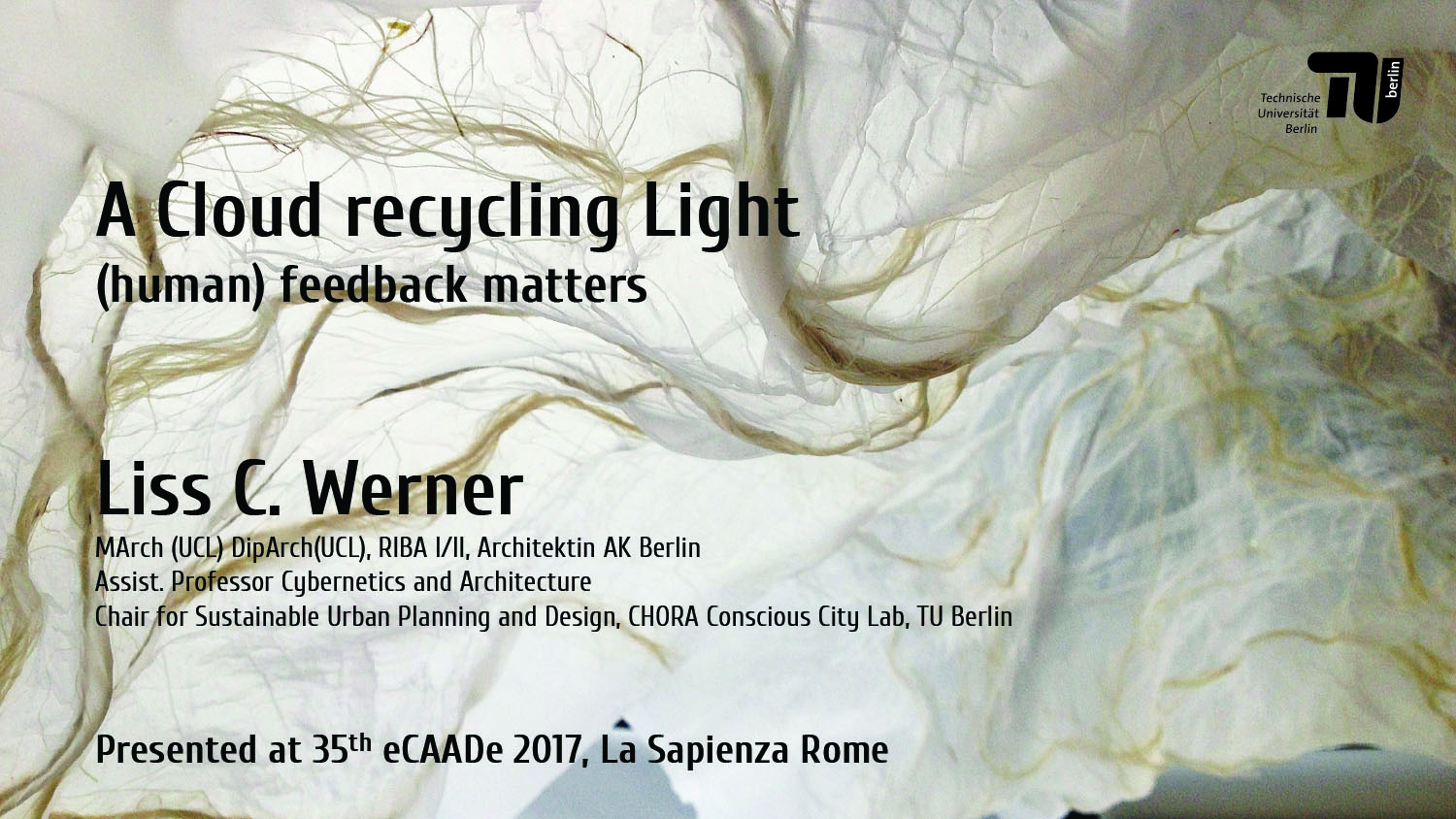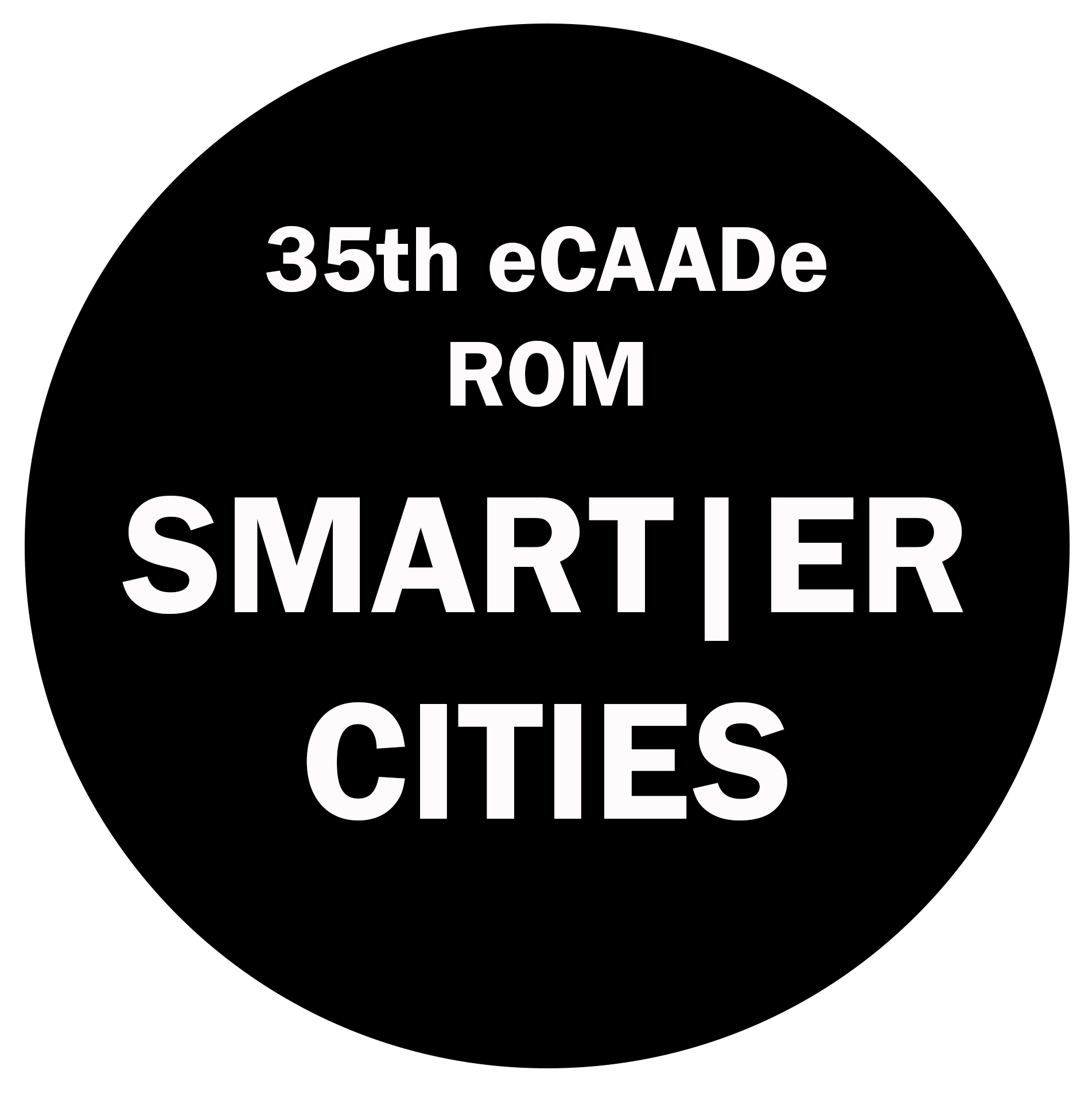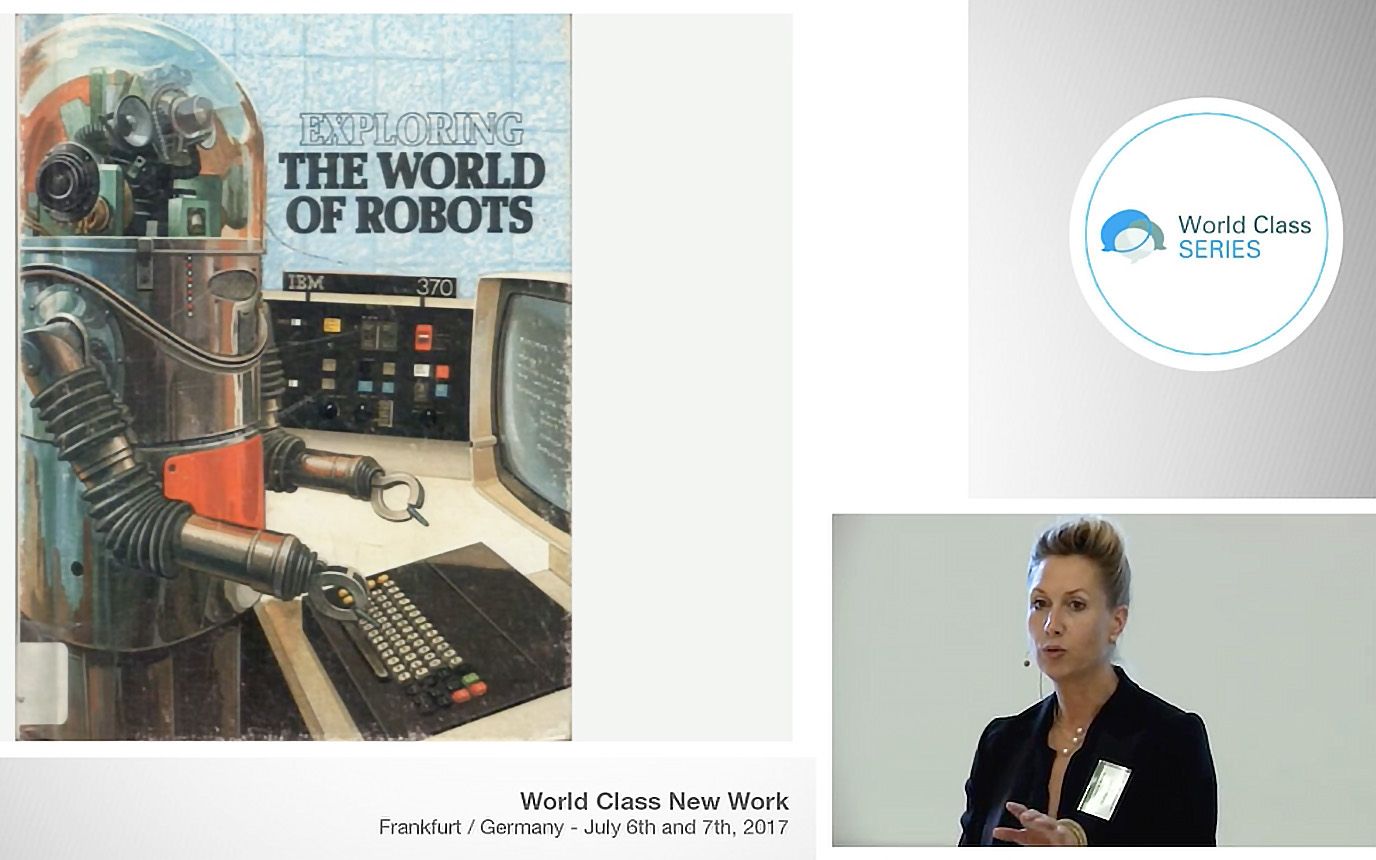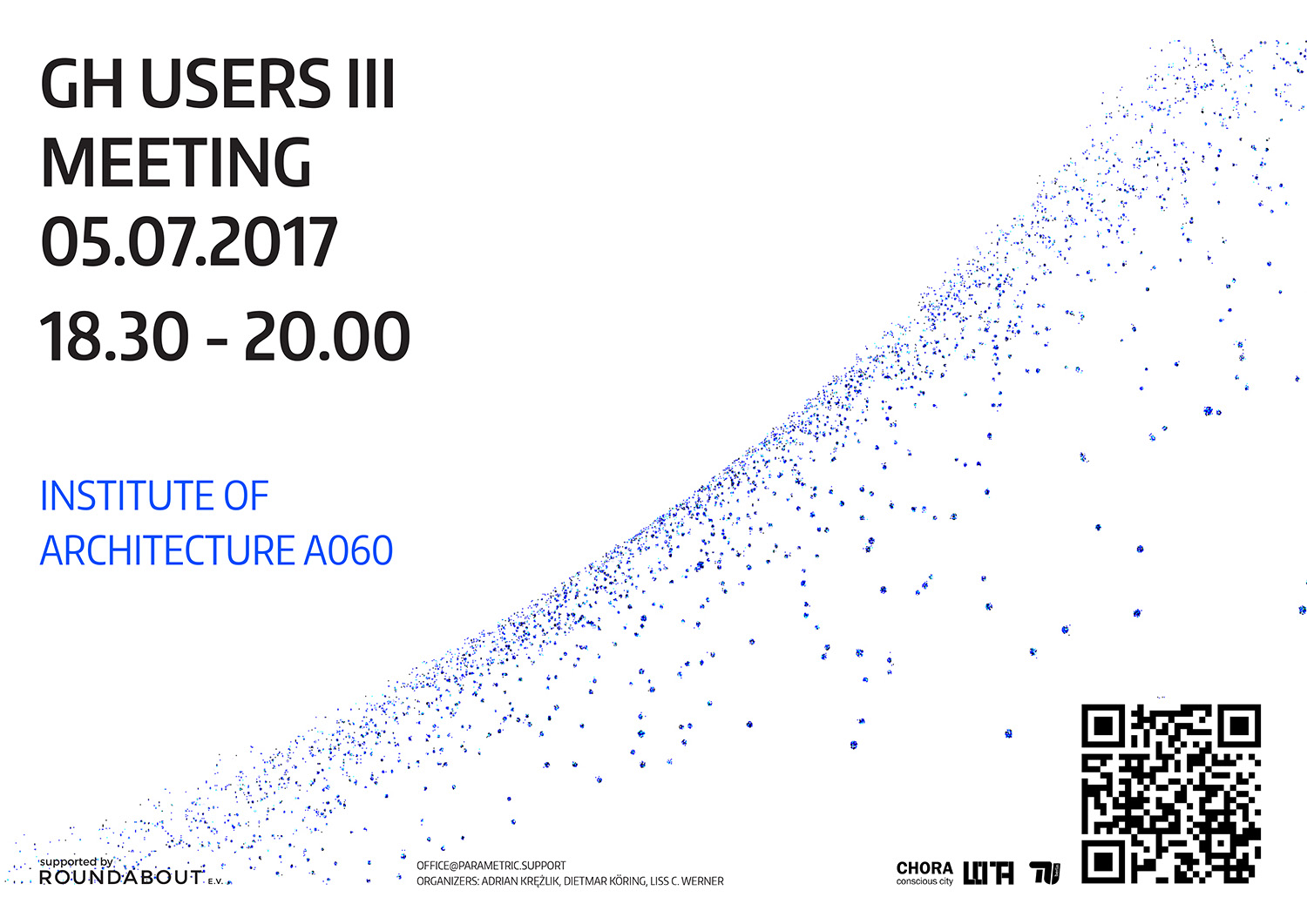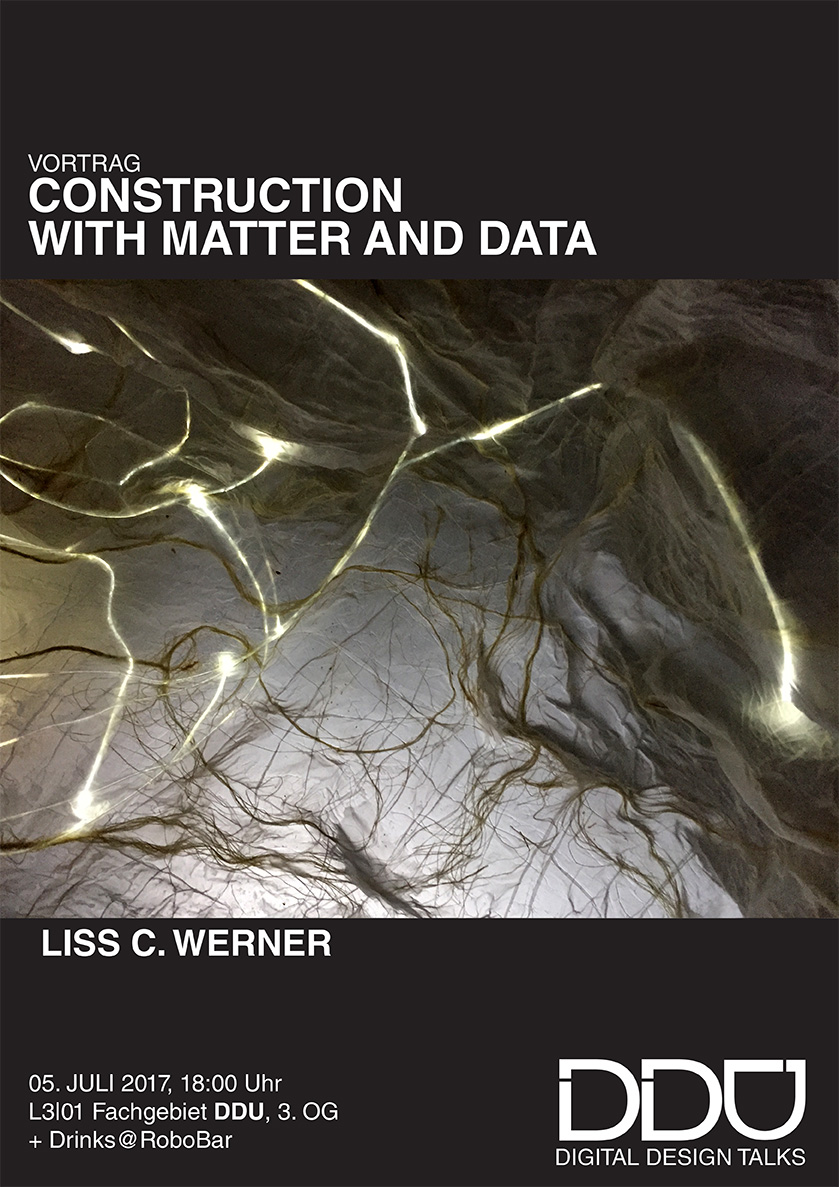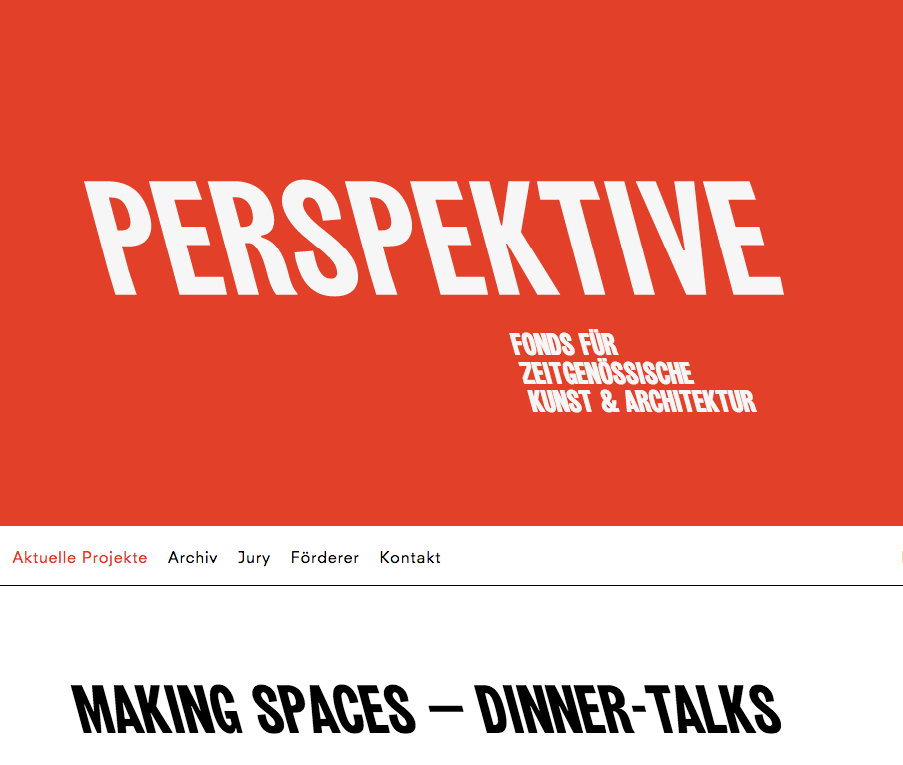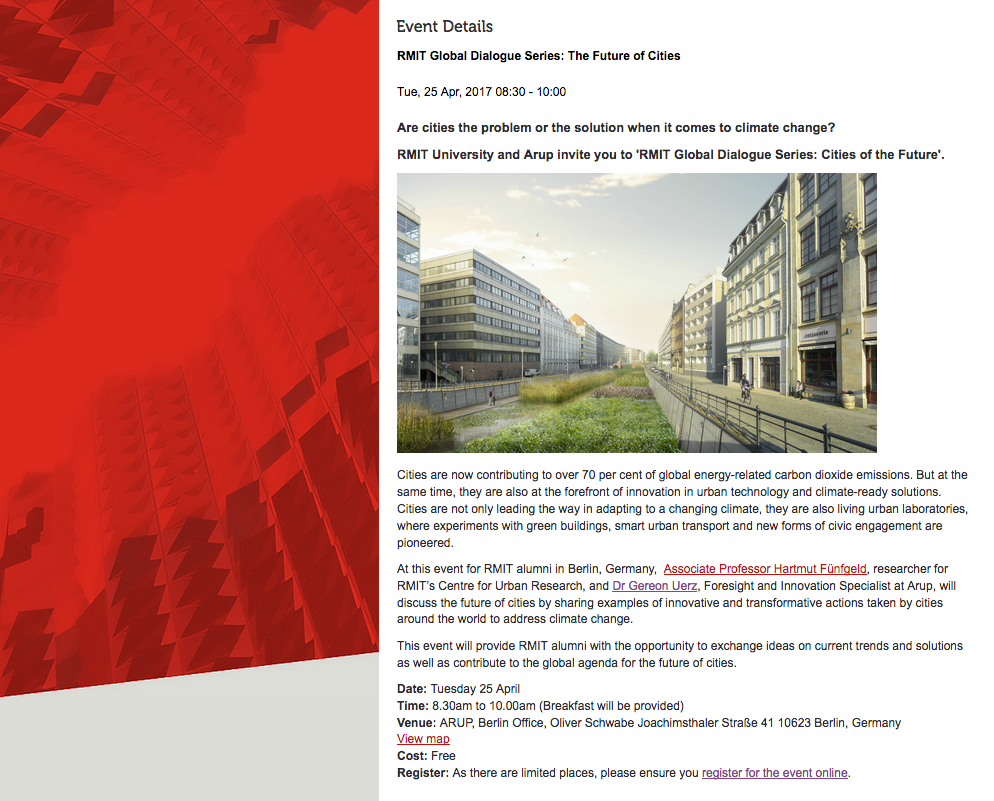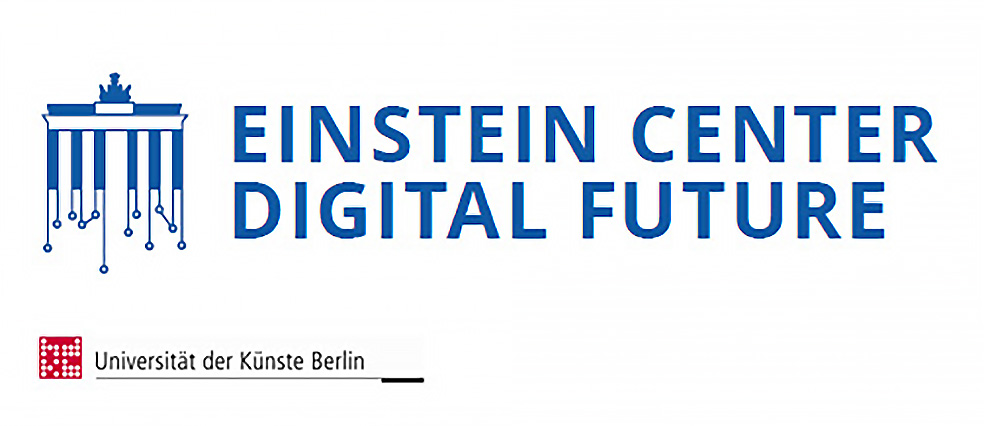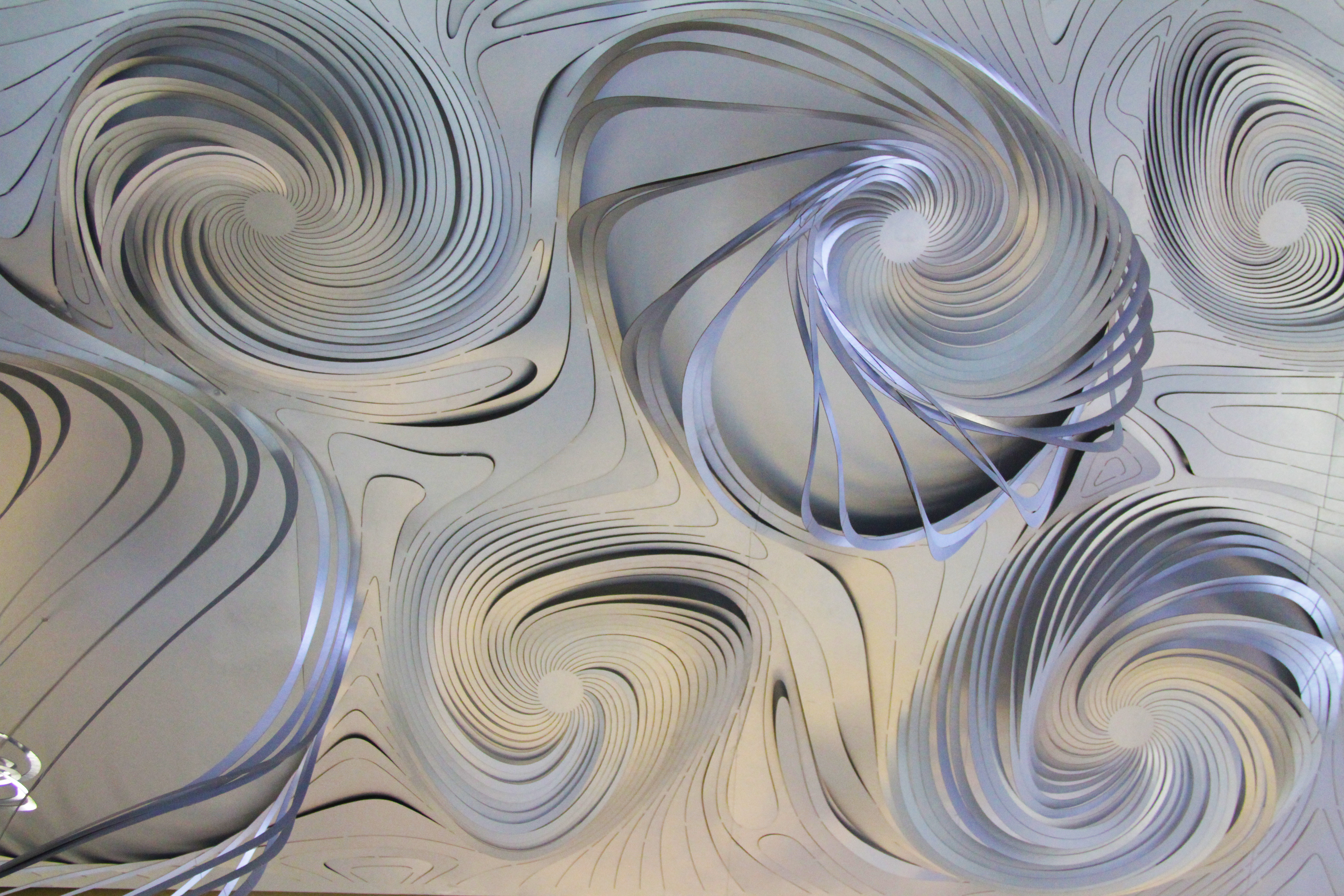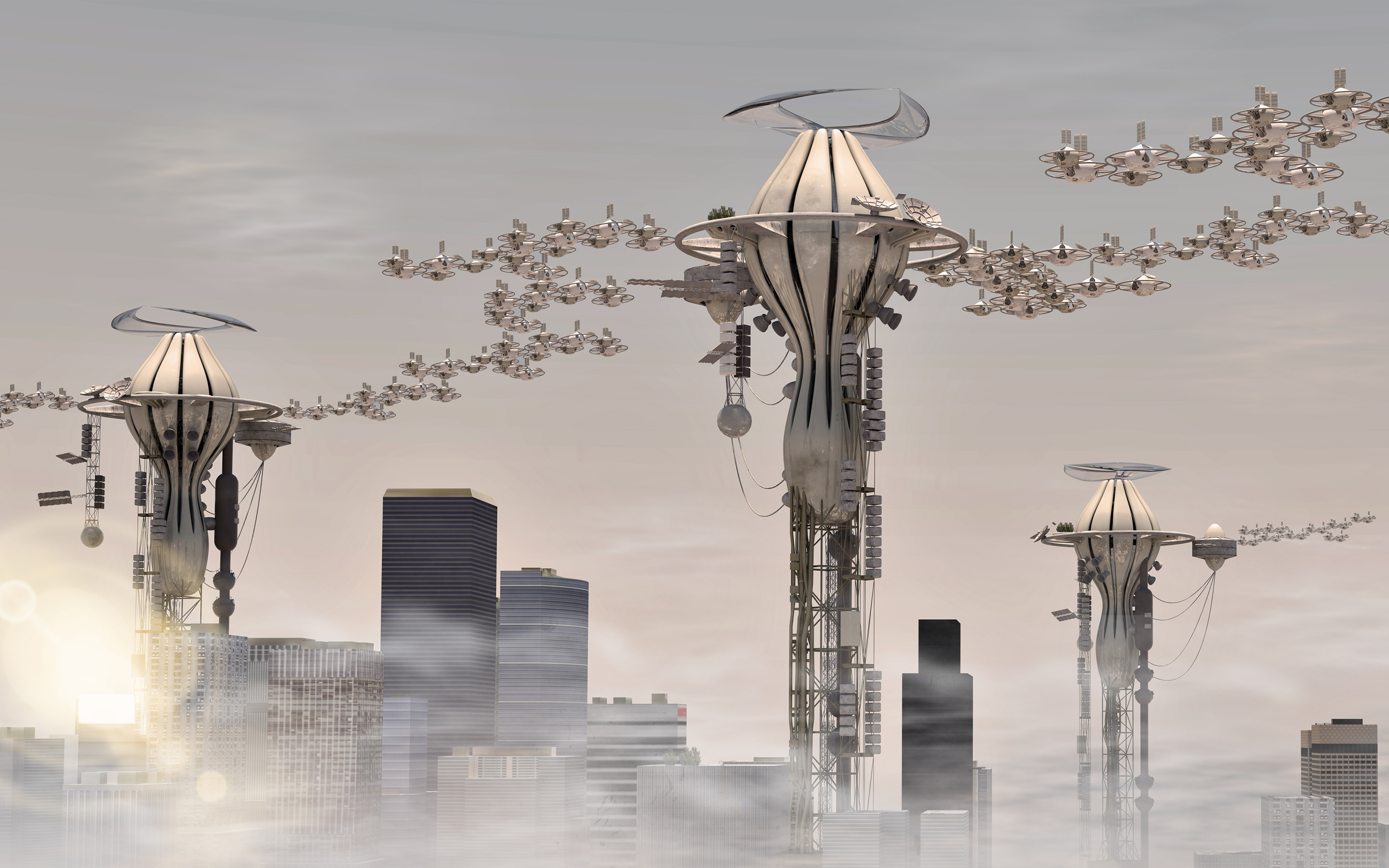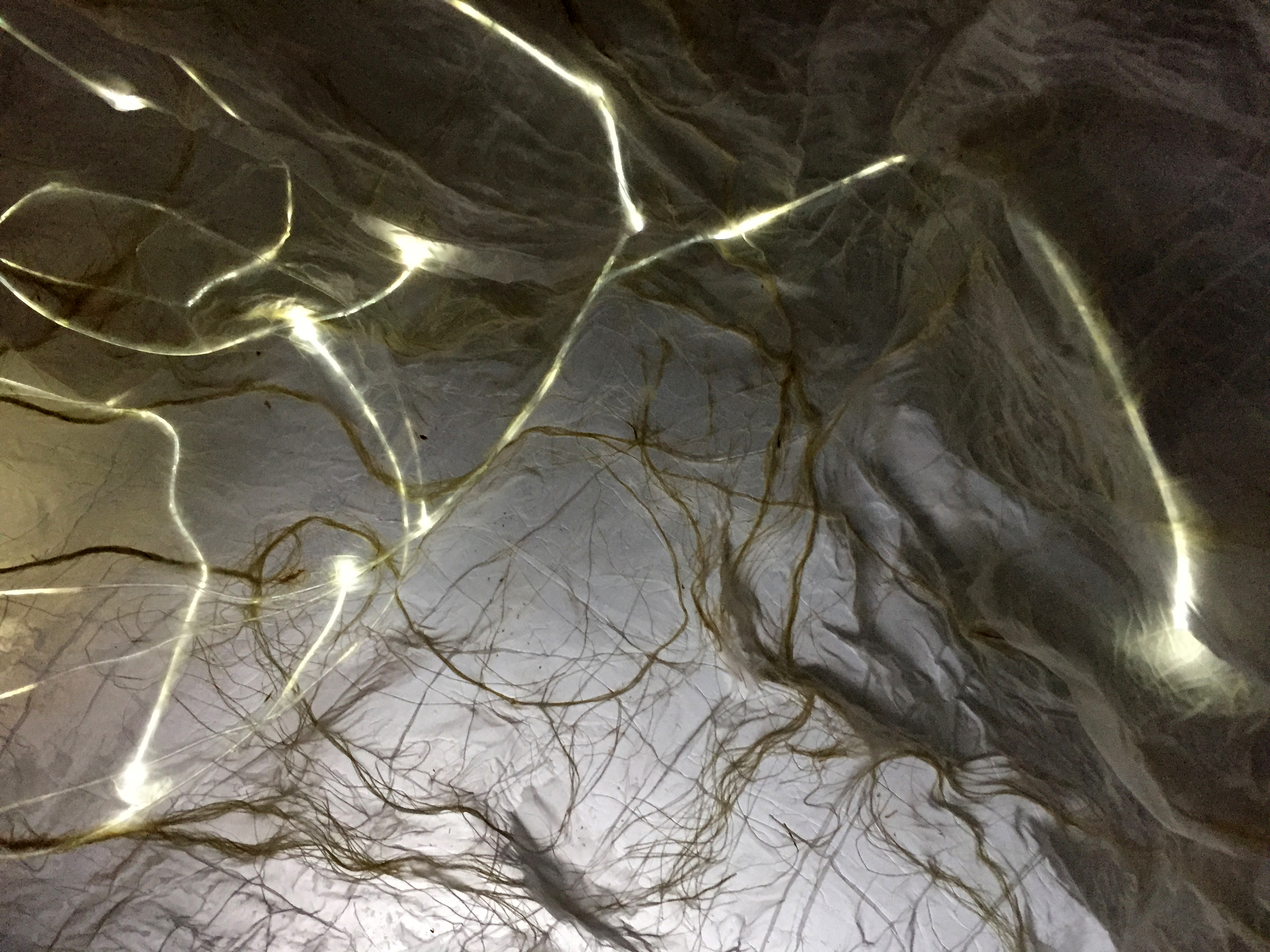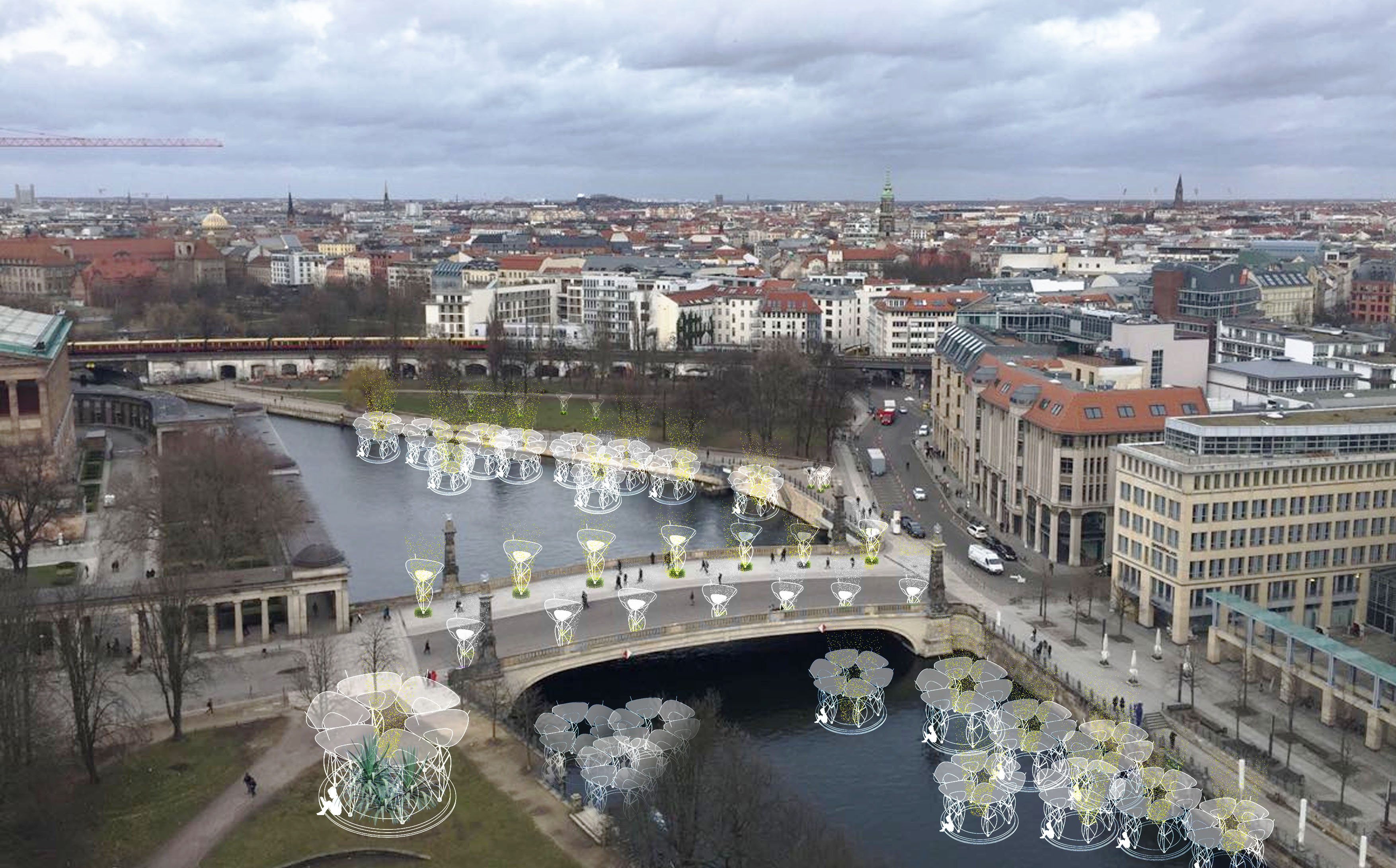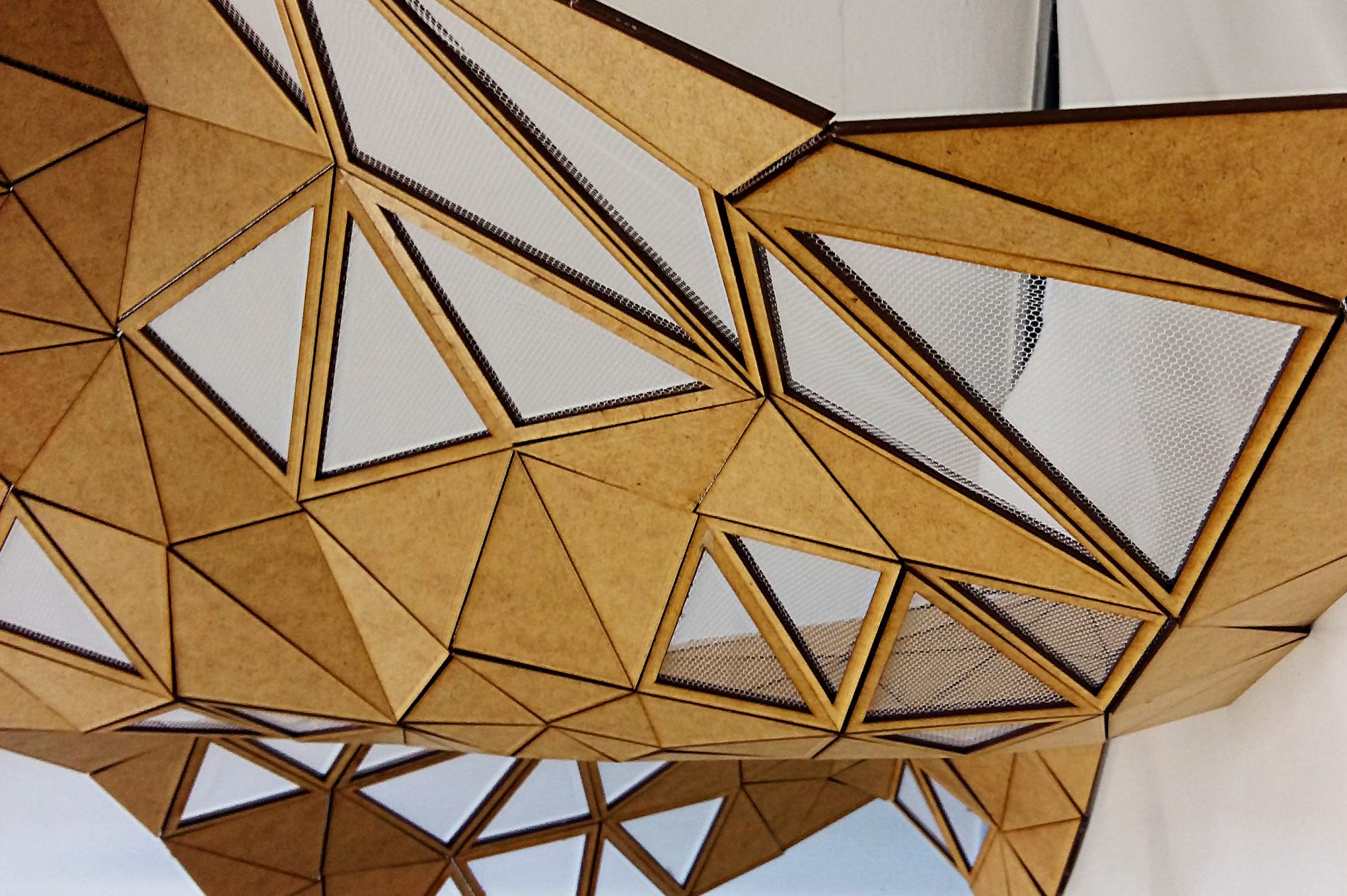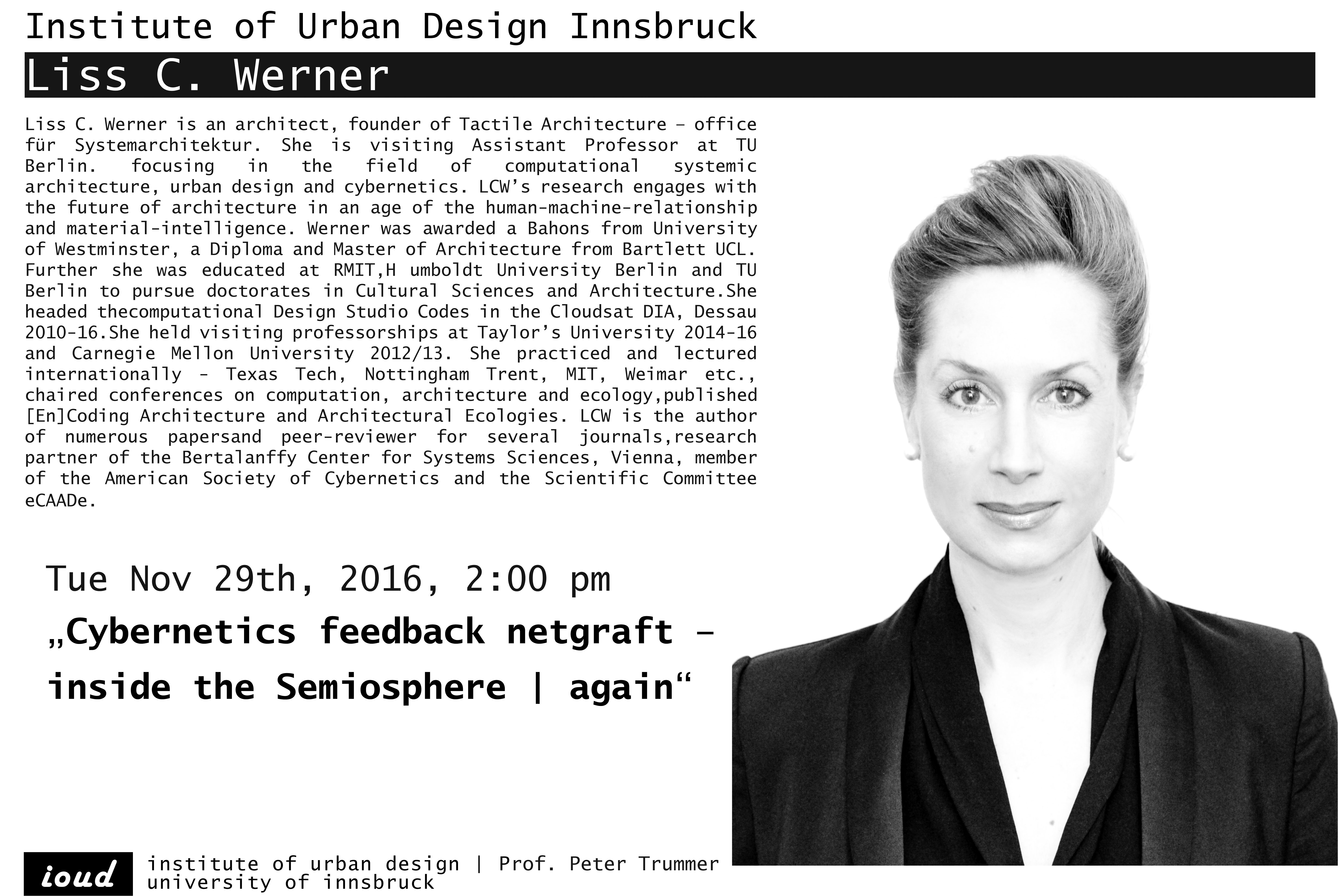PHYSICAL COMPUTING I
investigates Interactive design processes and explores the relationship between architecture as intelligent, responsive, reflexive systems and its environment. The aim is to develop innovative ways of optimizing a building’s performance. Subjects range from cymatics via ferro-fluids to simulating muscle movement or revisiting tattoos as digital interface. We learn from nature, use sensors, Arduino, advanced software, hack servos, and MAKE. The project Synthetic Ornament “is an exploration in the realms of ornamentation, aesthetics, physical computing, prosthetics and fashion technology. It’s an attempt to understand the underlying logics of ornamentation, both in natural and in cultural systems, and to apply them as prototype for an interactive piece of clothing, intended as a way to blur the borders between body and technological extensions. We explore the real implication of the renewed interest in ornament and in its theoretical concerns in relation to the advent of the digital design techniques. The aesthetics of this thrive to complexity, articulation and interconnection of the parts, looking at the gothic and the baroque as seminal moments of coherent fusion between structure and ornament. An “ornamental organism”, an interactive system with the scope to generate aesthetic pleasure in the observer and user alike. As to say, beauty at any cost.”
